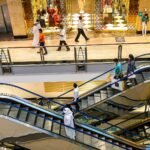Nestled in the center of the bustling metropolis, Dubai glimmers with its towering skyscrapers, luxury malls, and landmarks that have broken Guinness World Records; however, there exists a bustling reality beyond the glimmer; one that fuels it all. Dotted across Dubai, and within the larger labor colony known as Sonapur, are more than 200,000 migrant workers who physically stitch together what is a fantastical reality for hundreds of thousands. Locally known as “City of Gold”, Sonapur Dubai emerges from a state of decay and disorder, but simultaneously illustrates determination and can-do spirit, while also giving glimpses into the lives of those who make the impossible, possible.
This article will explore the essential aspects of Sonapur Dubai: from the origins and living situation, to the can-do spirit and its place in the timeline of the UAE.
Location and Overview of Sonapur
Sonapur, which is officially called Muhaisnah, is situated in the eastern part of Dubai, in the Deira community. It consists of four sub-communities, Muhaisnah 1, Muhaisnah 2, Muhaisnah 3, and Muhaisnah 4, which covers an area of around 13 square kilometers. It is located next to the major highways of Sheik Mohammed Bin Zayed Road (E311) to the west and Al Rashidiya Road (D62) and is bordered by Al Qusais, Al Twar, Al Mizhar, and Mirdif.
This highly concentrated area has one of Dubai’s largest populations with a total of over 234,000 residents as of last reported figures, resulting in a population density of around 18,000 residents per square kilometer. Mostly an aggregation accommodation area for labor, it serves workers from South Asia who work in India, Pakistan, Bangladesh, Nepal, and Sri Lanka, in addition to Egyptian and other workers beyond. These inhabitants power industrial areas in Al Qusais and building sites all over the city.
Accessibility is evident through public transport connectivity, such as buses and adjacent metro stations, that bring Sonapur to Dubai International Airport and central locations. Facilities such as medical centers, Aster Medical Clinic, and DocIB, along with schools, scatter the area and cater to everyday necessities.
History and Evolution of Sonapur
Sonapur’s history goes back to Dubai’s very swift growth from a former cemetery in Muhaisnah 2, 3, and 4 to a huge laborer settlement. The term “Sonapur,” or “Land of Gold” in Hindi and Urdu, captures the dreams of migrants pursuing better lives.
By the early 2000s, it swelled to one of the world’s biggest labor camps, accommodating as many as 200,000 workers. The 2006 Human Rights Watch report highlighted tough conditions, declaring them “less than human,” leading Dubai authorities to close down 100 poor-quality camps. In 2012, a crisis of food shortages, overcrowding, and electricity cuts grabbed international attention, spurring demands for labor reforms.
Expo 2020 boom created new housing developments, moving portions of the area toward improved living. Now, current UAE efforts aim to upgrade facilities, a gradual but consistent transition from the ad-hoc camps to more organized communities.
Daily Life in Sonapur’s Labor Camps
The Sonapur experience is one of repetitive consistency and enduring perseverance. On a daily basis, laborers rise early to work in some type of factory or labor site and return to the many low-rises that shelter them, usually sharing a couple of roommates in bunk beds and collective kitchens. There are plenty of vendors and small diners lining the street – the majority of exchanges for a quick meal or staple items are with cash.
Friday is a rest day and Sonapur is alive with cricket matches, families, and groups of men holding community dinners in plastic chairs outside, or on their phone home. The alleys are wafting with the smell of Pakistani biryani, Indian samosas, Bangladeshi fish curry, and Nepali momo – all reminiscent of where they hail. They send remittances to help their families formalize their education and to build a future throughout Asia.
Despite being a hot desert climate with an average year-round temperature of 24 degrees Celsius and maximum temperature of 46 degrees Celsius, which contributes to the drudgery of the work, the air-conditioned buses and shade assist in the discomfort. Fun fairs and clinics are helping to enliven the days by providing convenient interludes between work and pleasure.
Community and Cultural Vitality
Sonapur exists as a cultural melting pot, with Hindi, Urdu, Bengali, Tamil, Nepali, Arabic, and Tagalog reverberating in conversations. Mosques attract throngs for Friday congregations, instilling oneness amidst diversity.
Community spirit comes alive in nighttime gatherings, with streets bustling in color and conversation as the sun sets. It’s a setting of resilience and hope, where laborers share tales and look after one another, feeling a sense of home away from home.
New additions, such as the GCC Exchange outlet at Grand Hyper in 2025, increase convenience for cash transfers and services. This cultural hub highlights humanity amidst Dubai’s glitz.
Challenges and Human Rights Issues
Sonapur nonetheless continues to face harsh challenges. Previous problems such as overcrowding, water rationing (mentioned in 2012 human rights submissions), and poor facilities remain in some areas. Laborers have long working hours, poor pay, and the socioeconomic divide between their lives and Dubai’s upscale neighborhoods.
Incidents, like demonstrations against site fatalities or legal issues resulting in prison time for some residents, reveal vulnerabilities. An example includes five Indian construction workers from Sonapur who spent 18 years in Dubai prison before being released in 2024. Demands persist for more equitable wages, improved infrastructure, and improved protections.
Comparisons to prison-like living conditions in past reports reinforce the necessity of continued reforms.
Recent Developments and Advances in 2025
2025 sees positive changes in Sonapur. The initiatives of Dubai Municipality’s camps intend to upgrade living standards with improved accommodations and amenities. New centers of healthcare, entertainment facilities, and transportation routes are testaments to the UAE’s labor reforms.
Improvements include improved access to attractions and economic spillovers from community services. Such measures correct earlier criticism, generating a healthier habitat for workers.
Sonapur’s Vital Contribution to Dubai’s Development
Sonapur is the intangible bedrock of Dubai’s success. Its inhabitants build towers such as the Burj Khalifa and Palm Jumeirah, propelling the economy. As blue-collar legends, they represent the muscle, tradition, and ambition that transform dreams into reality.
This neighborhood showcases Dubai’s double story: glamour atop grit, reminding people of human toil behind the skyline.
Conclusion
Sonapur Dubai stands as a monument to endurance and labor that brings together the narrative of thousands of working people into a world city. It has gone from a poor neighborhood to its current process of improvement – a symbol of hope amidst struggle. This guide seeks to peel back the layers of Sonapur and asks for an increased regard for the working hands that compose Dubai. Amid reforms taking place, the future of Sonapur appears rosy for residents.

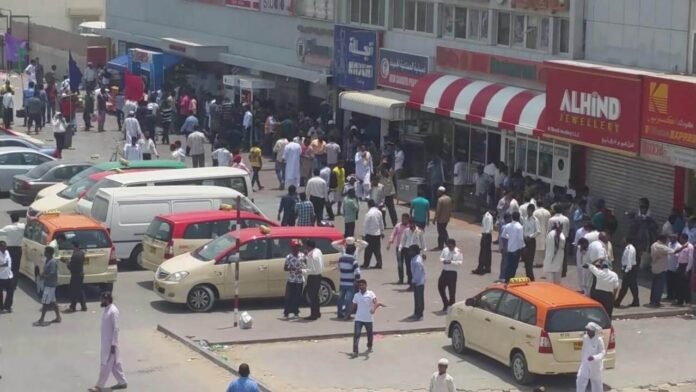
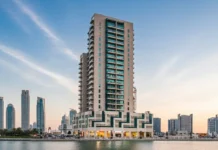
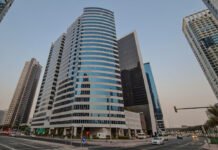
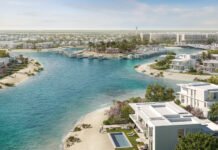

![How to Check Your Lulu Balance: Complete Guide [2024] How to Check Your Lulu Balance](https://khaleejtip.com/wp-content/uploads/2024/11/unnamed-150x150.png)
